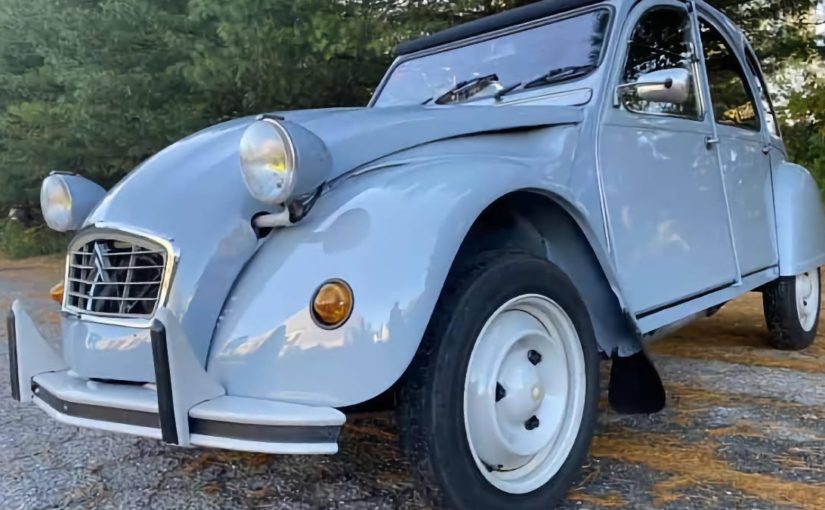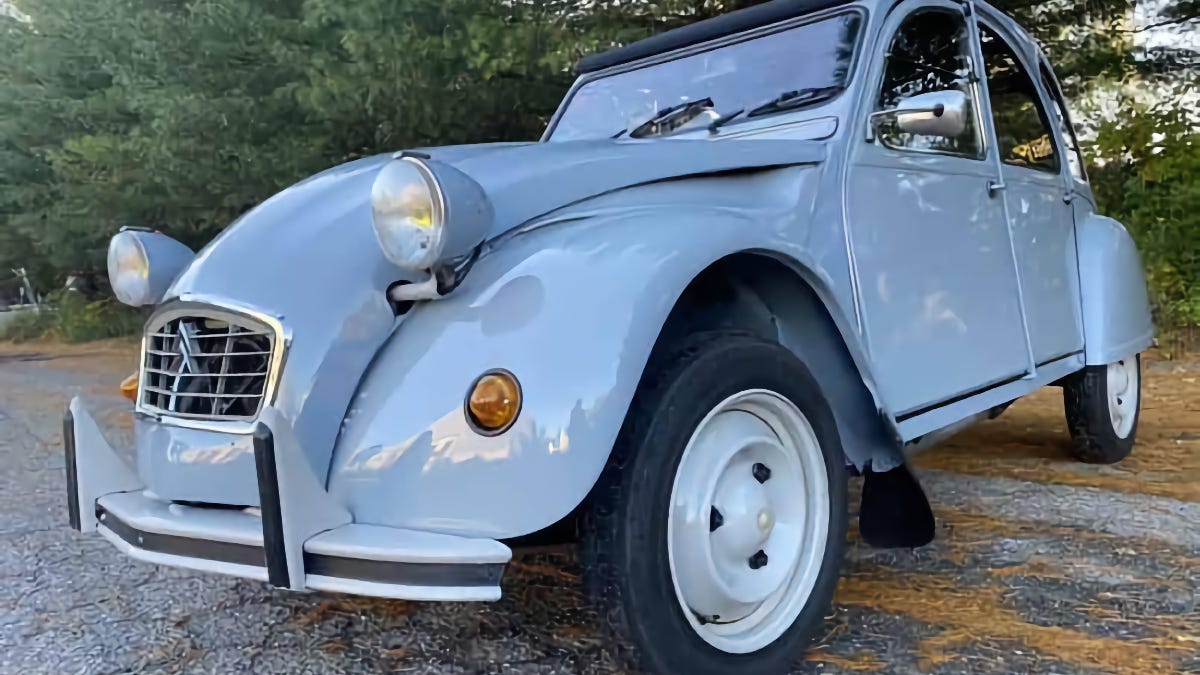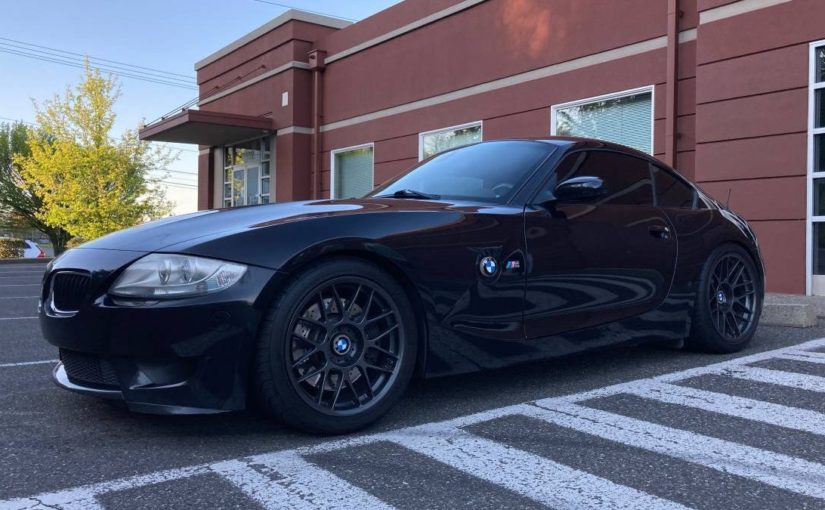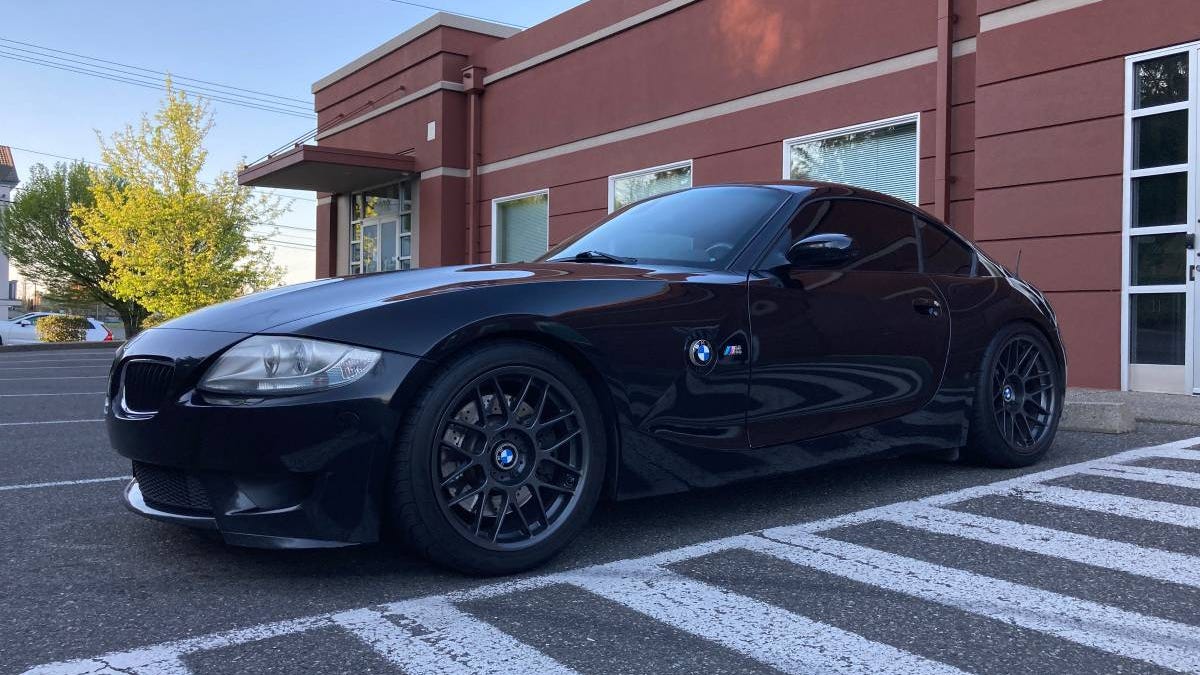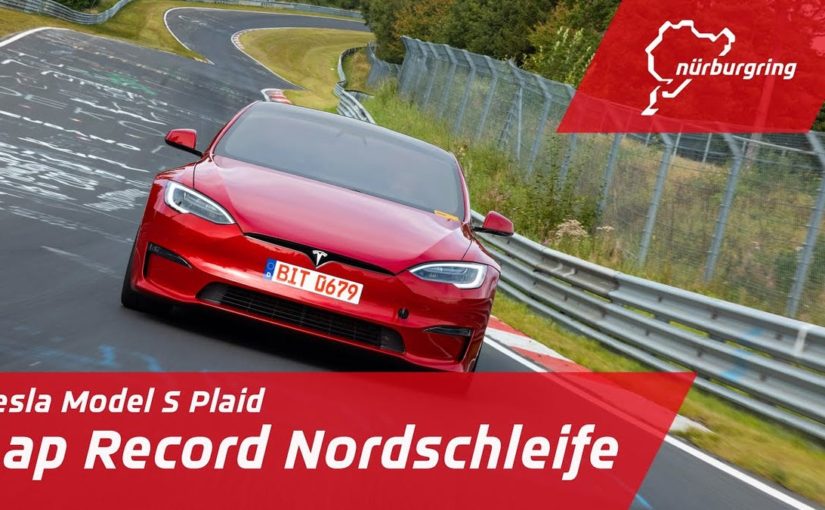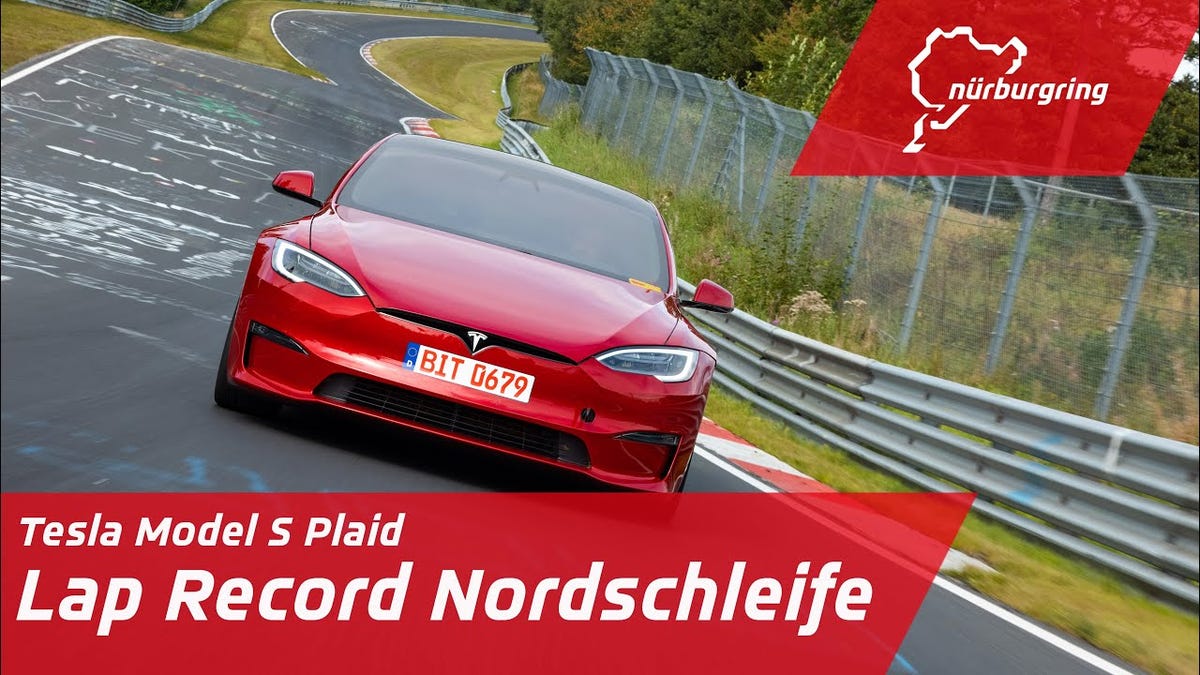Advertisement
Advertisement
I Don’t Know What To Do With All This Tech
My husband used to be a sales associate at a Mercedes-Benz dealership in Montreal, and he’s spent the entire duration of our marriage telling me that no automaker is as luxuriously high-tech as Mercedes. I have never discounted this observation. I’ve just also never felt the need to drive an extremely tech-heavy car. I still have a hard time dealing with a tiny infotainment screen.
Advertisement
So I think it’s probably a little bit of an understatement to say that the EQS’s offerings are a bit overwhelming. After I laughed out loud at the exterior, I also laughed out loud at the absolutely massive Hyperscreen. I wanted to ask it if it was compensating for something. I wanted to ask why such a cute fella needs such a big screen.
Functionally, the Hyperscreen is great. A single piece of curved glass, it’s a gorgeous feat of technological innovation that works with rapid speed due to an eight-core processor and 24 gigabytes of RAM. You tap on anything, and there’s not going to be lag. You’re immediately transported to the place you chose to go in the infotainment system.
Advertisement
The graphics are also gorgeous, but again, it’s a little bit Much. There’s a screen for the driver, one of the passenger, and a tall screen in the center, and in those latter two, you can access everything from radio controls to vehicle settings to satellite maps to photo galleries to video games. I did poke around the Tetris game and found it took a while to load but was otherwise fun. I still can’t imagine myself using an infotainment screen instead of my phone for gaming, though.
Even worse, you still get a lot of glare, despite the fact that Mercedes tried its best to avoid that. There’s not really anything you’re going to be able to do about the reflection of the sun when it’s especially bright.
Advertisement
You can also navigate with conversational commands after saying, “Hey Mercedes.” As in, you can say something like, “Hey Mercedes, I want coffee,” and your car will find you the nearest coffee spots. I used to hate voice commands because it was next to impossible to actually get what you were asking for, but this modern iteration that you see on luxury cars has really changed the game. I don’t have to think up the robotic command I’d need to change the radio station. I can just say it.
The digital dashboard was also one hell of a feature. You can cycle through tons of different displays, most of which are just mind boggling. You can literally have your navigation map displayed on your dashboard — and I don’t mean you get a little box that has navigation. The whole screen turns into a map. I’m sure some folks will enjoy it, but it was massively overwhelming for me.
Advertisement
As was the augmented reality navigation, which feels a little bit more video game-y than anything else. Maybe I’m just too old to appreciate these things.
Advertisement
The Verdict
It’s difficult to offer a verdict for a car that I can’t compare to the other vehicles in its class, I can say that the 2022 Mercedes-Benz EQS450+ is a delightful vehicle that transforms much of what makes Mercedes special into a flagship luxury sedan — but it does feel like the German automaker couldn’t decide what it wanted to do. It tried to combine modern austerity with Benz’s traditional elegance, and it works… but it’s probably not going to work for everyone. It didn’t work for me, but it could very well work for you. And you know what? I respect a delightfully polarizing car.
Advertisement
